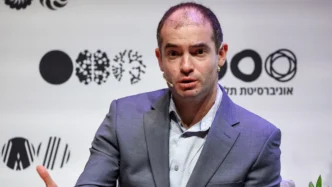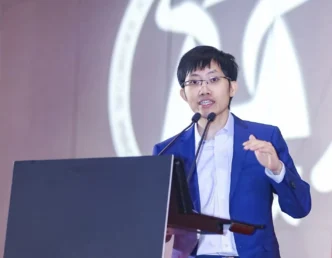Since ChatGPT burst onto the scene in late 2022, artificial intelligence has gone from a futuristic concept to a central part of how businesses operate today. In fact, a recent McKinsey report found that nearly 80% of global organizations are already using AI in at least one area of their business.
The AI boom isn’t just reshaping workflows—it’s also rewriting the stock market narrative. Nvidia, a company once best known for gaming graphics cards, has soared to become the world’s top chipmaker. Its stock has skyrocketed by more than 1600% over the past five years. Now placing it just behind Apple and Microsoft in market value.
Yet despite the momentum, many investors and industry watchers are beginning to ask whether the AI story is sustainable. Or if it’s heading for a cooldown. While a temporary slowdown may be on the horizon, several long-term signals suggest AI is far from peaking.
Let’s explore four clear signs that AI’s growth story is only just beginning.
First, there’s the massive pace of user adoption. ChatGPT became the fastest-growing tech product in history, reaching 100 million users just two months after launch. Today, it boasts over 400 million weekly active users. Its newest feature—an AI-powered image generator that mimics the style of Studio Ghibli—has taken the internet by storm. Users are generating stunning visuals at scale, even causing strain on OpenAI’s GPU servers. The buzz proves that AI is no longer confined to tech insiders. It’s now a tool millions of people use for creativity, work, and entertainment.
Second, AI is ushering in a new era of lifelike digital humans. With platforms like Antix, users can create AI-powered virtual doubles capable of mimicking not only their speech but also their tone, appearance, and emotional nuance. These advanced avatars are built for two-way conversations, enabling highly personalized interactions online. Compared to older, static avatars, this leap in realism opens the door to entirely new digital experiences—from customer service to education to entertainment.
Third, the funding landscape points to continued confidence in AI’s future. Global investment in AI startups hit $100 billion in 2024, according to Statista. This upward trend is expected to continue in 2025, fueled by major government and private sector commitments. In the U.S., President Trump recently backed a $500 billion initiative to strengthen the country’s AI infrastructure. Meanwhile, China has launched an $8.2 billion national AI fund in response to tighter U.S. chip export controls. These financial moves signal just how vital AI has become to national competitiveness.
Finally, the global race to dominate AI is picking up speed—and that competition is accelerating progress. Take China’s DeepSeek R1, for instance. The model reportedly cost just $6 million to train, far less than what it takes to develop OpenAI’s ChatGPT or Google’s Gemini. While some doubt the figure, the point remains: countries are pushing to build faster, more efficient AI systems. And companies like OpenAI continue to raise the bar, introducing even more powerful features to stay ahead.
It’s clear that AI has become more than just a tech trend—it’s now a core pillar of innovation across nearly every industry. Yes, challenges remain, from ethical concerns to regulatory gaps. But the rapid pace of experimentation, adoption, and global investment shows no signs of slowing. With technologies evolving faster than regulators can keep up, AI still feels very much like an industry in its early days.
The question now isn’t whether AI is here to stay—it’s how far it will go.













